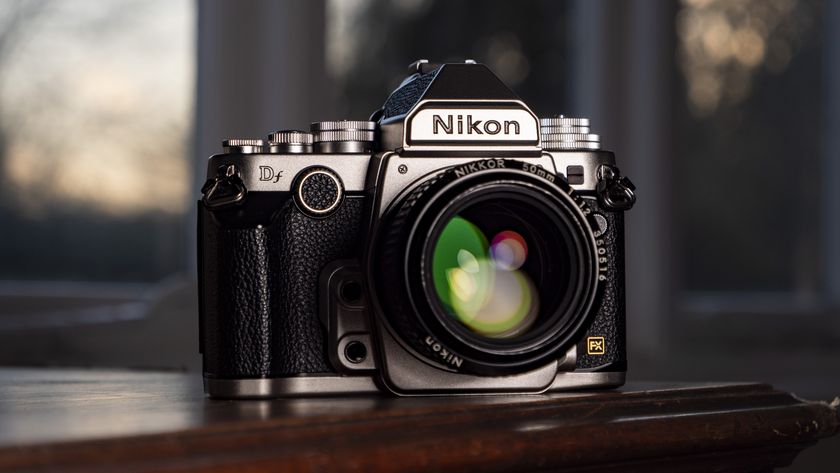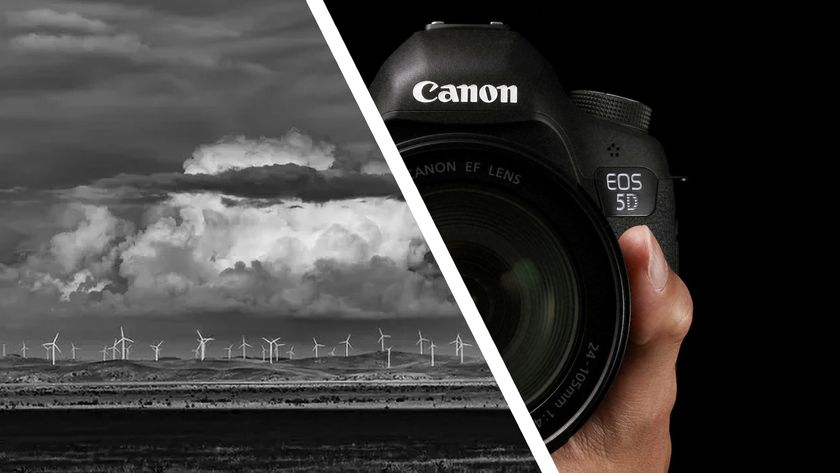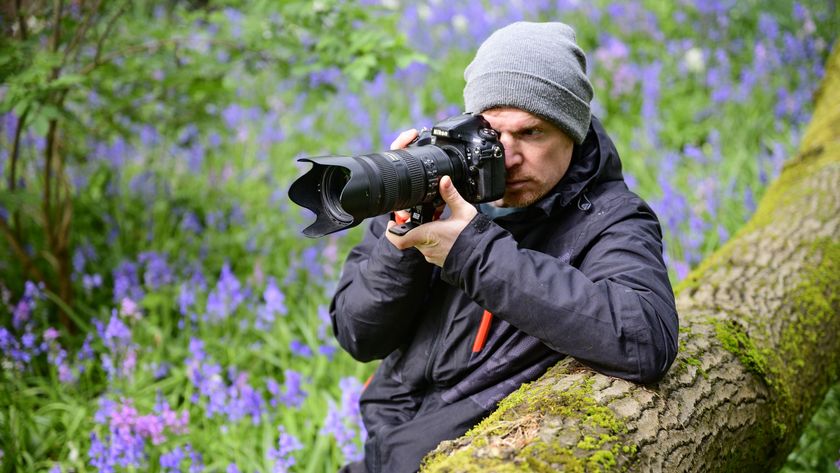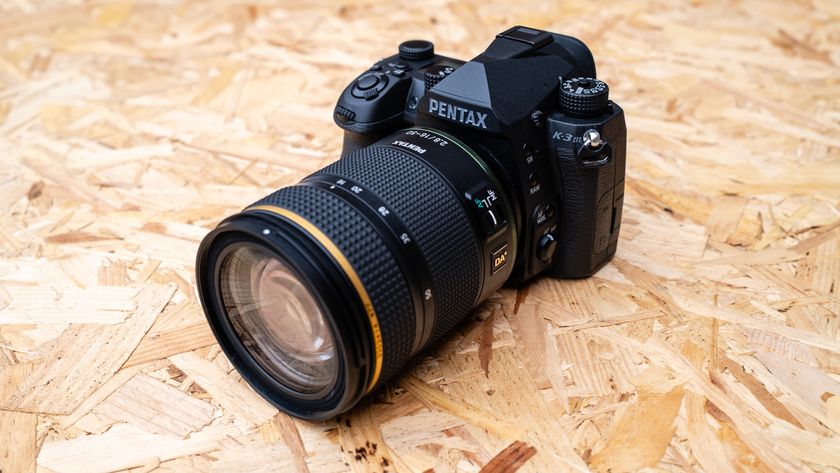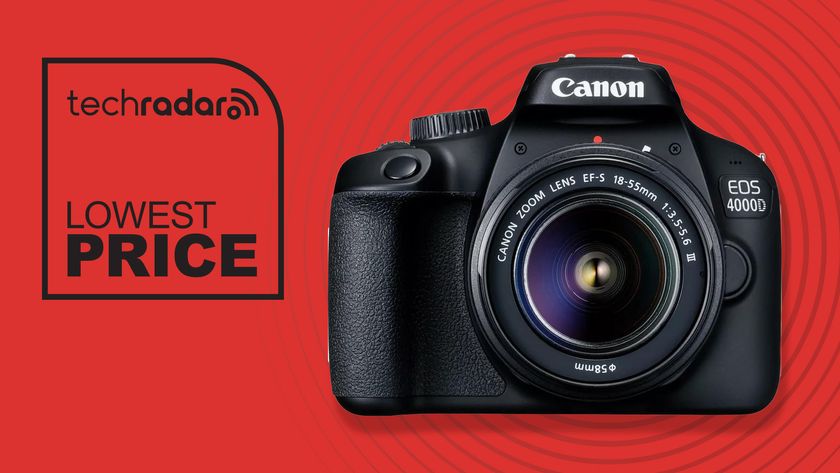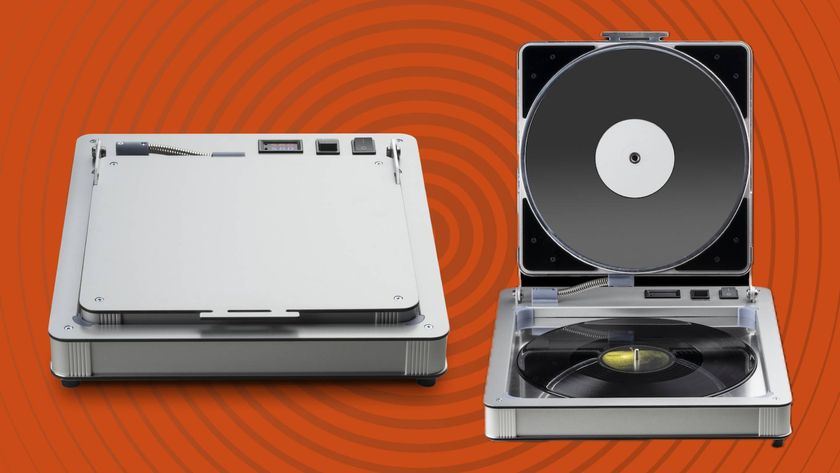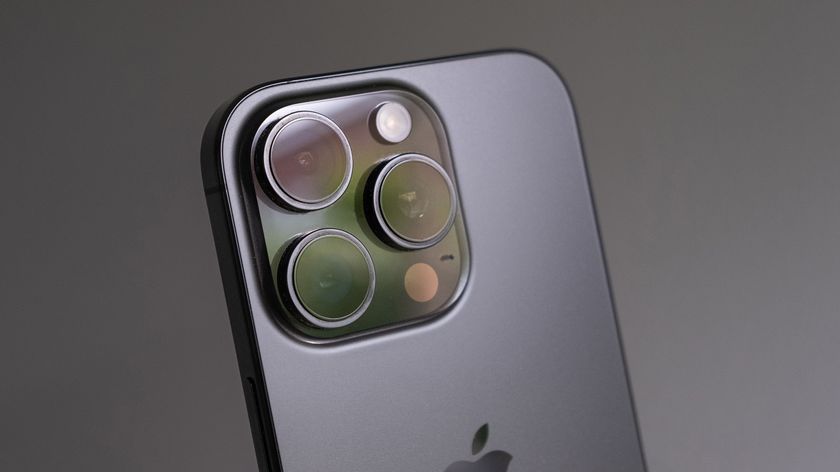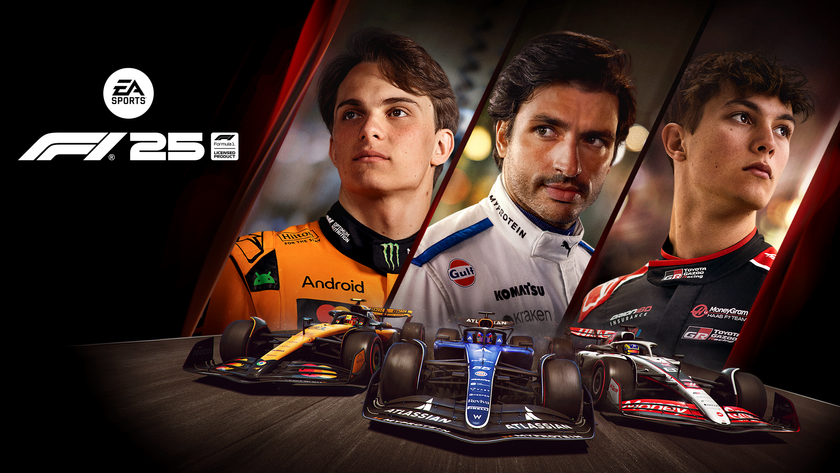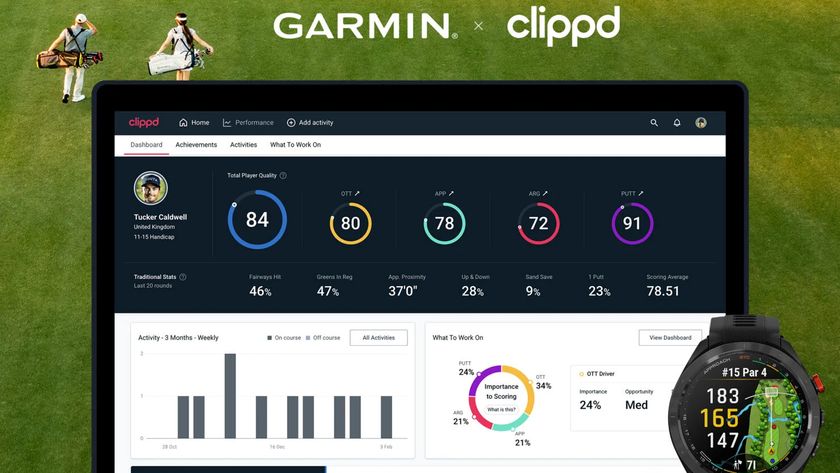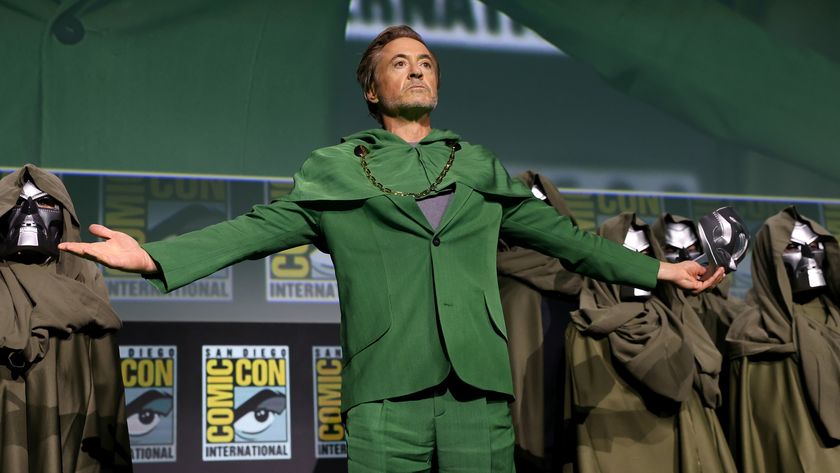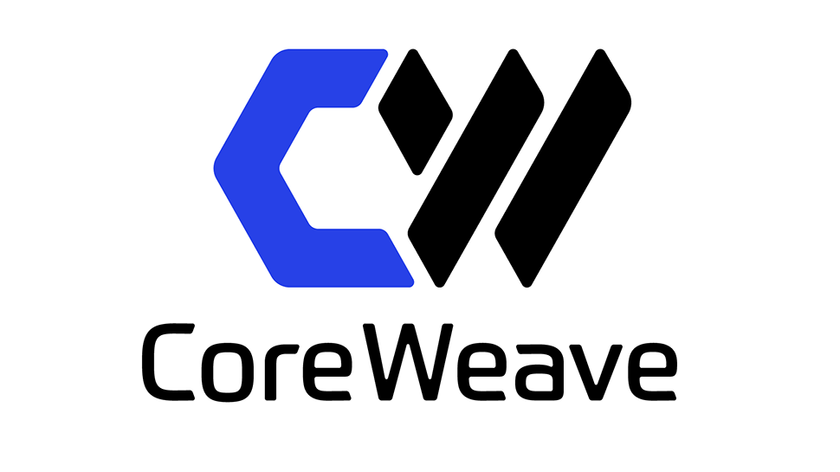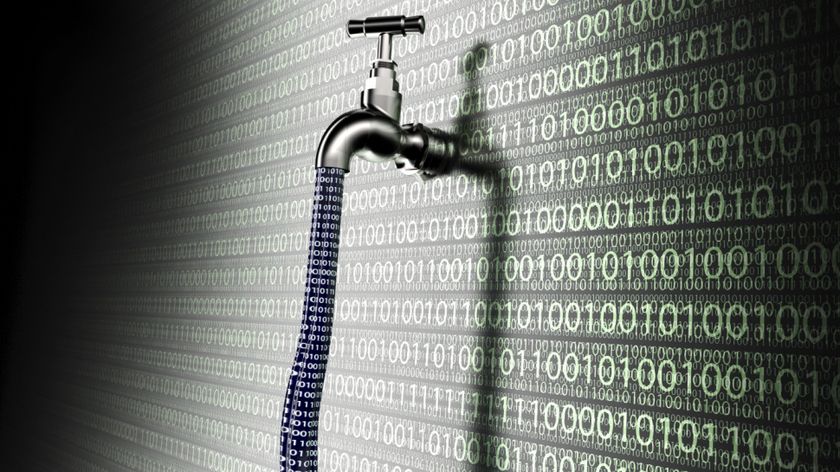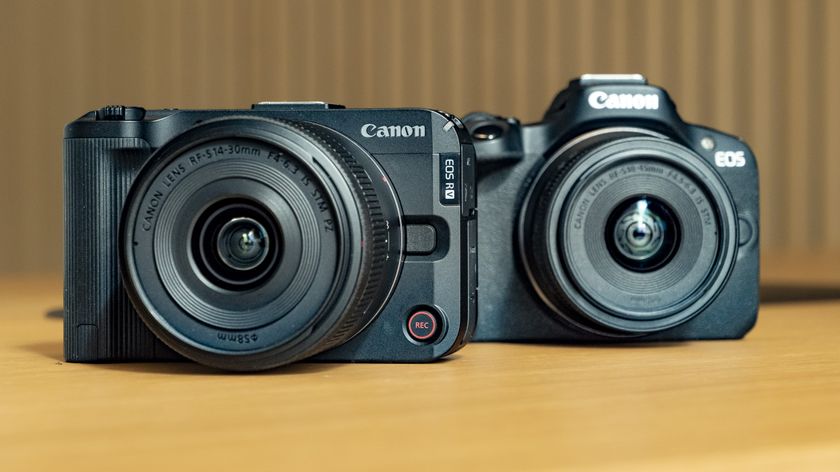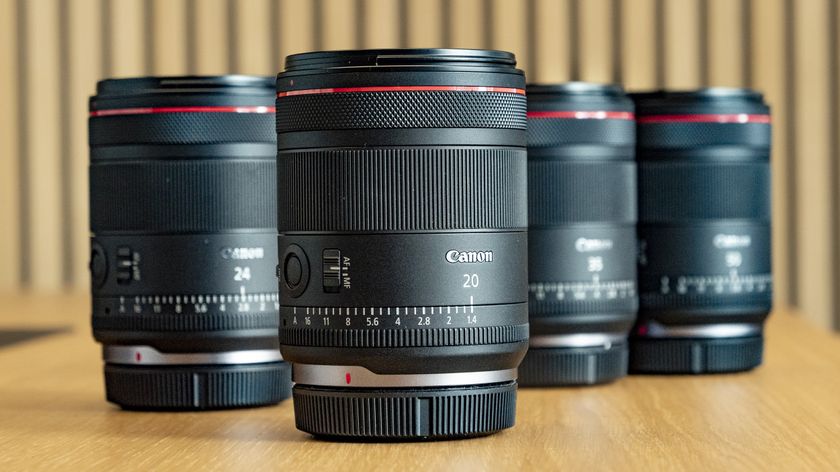Why Aardman shot its latest movie on Canon DSLRs
One million stills for 'The Pirates' on 1D Mark IIIs
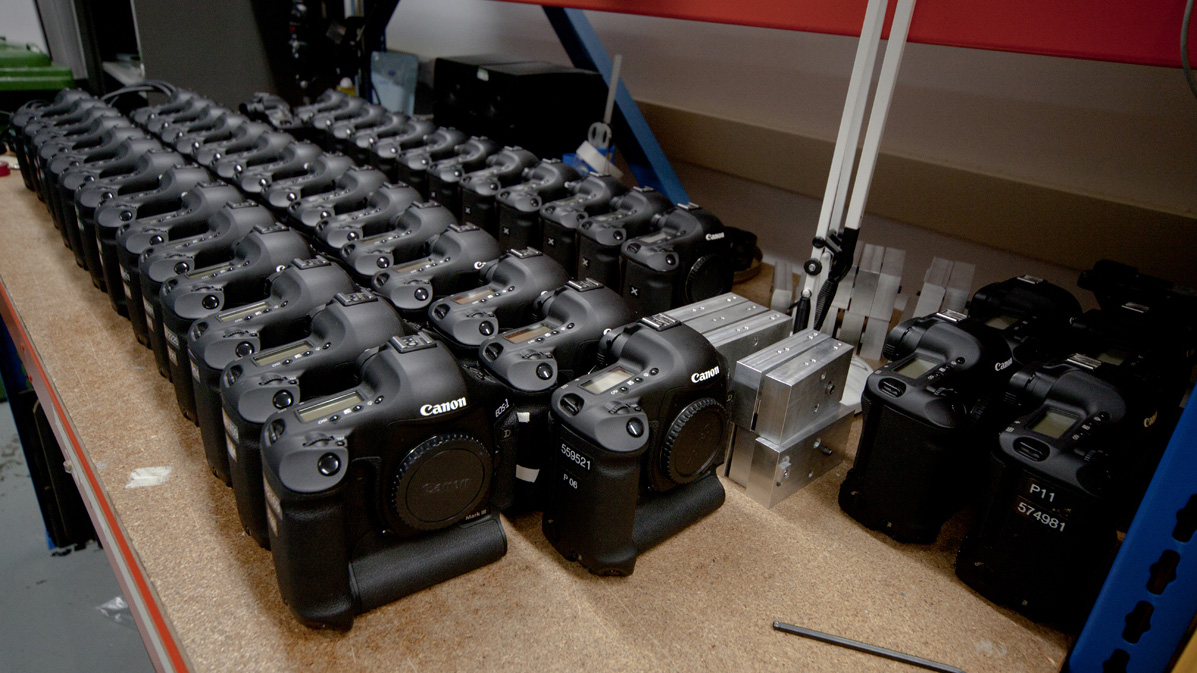
The Pirates marks the first feature length film shot on DSLR by Oscar-winning British animation house Aardman, moving from specially adapted film cameras after successful trials in animated shorts and television advertising.
With over one million frames shot for The Pirates, around 50 cameras were used on sets which were shot simultaneously. The resulting film, which also features CGI elements, was released earlier in the year.
We spoke with Aardman's technical director, Tom Barnes, to understand more about the process of using DSLRs to create a film as complicated as this, and to see which equipment was favoured during production.
TechRadar: Which camera(s) and lens combinations did you use to film The Pirates?
Tom Barnes: We used the Canon 1D Mark III. We chose that camera for a couple of reasons. Firstly, it proved very reliable when we used it within the company for other short films and television commercials, and it also has a small[er] sensor [than full-frame].
We use an area of the sensor that is exactly the same size as a frame of movie film, to capture the image, we didn't use the full camera sensor, because that then gave us a similar photographic situation to the one we'd experienced on previous films, so it allowed us to use a lens and know that we would get the same depth of field or depth of focus.
We needed to achieve as much depth of field as possible, in order to make those characters that were around 8 inches tall appear life size on the cinema screen.
Get daily insight, inspiration and deals in your inbox
Sign up for breaking news, reviews, opinion, top tech deals, and more.
We use a large variety of lenses, we took stills camera lenses and we then kept the glass and rebuilt the focusing mechanism and everything else in order to make something which behaved as similarly as possible to a cine lens.
It can be anything that you can get to fit on a camera, but we couldn't use Cine lenses on the camera because a lot of cine lenses have very large glass elements a long way back because they're not designed to work with a flip-up reflex mirror as you have on an SLR camera, so they would physically interfere with a camera.
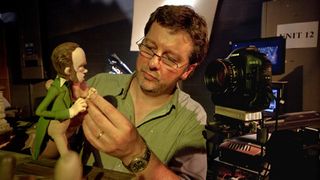
What are the advantages and drawbacks of using a Digital SLR to create your films?
We moved to digital SLRs because the quality of digital photography had improved enough to make capturing film frames possible, and also because this film was so complicated we wanted to reach a situation where the director could have immediate feedback as soon as we'd finished a shot.
We developed a pipeline for processing and moving the images from the camera so that within a few seconds of finishing the shot in a studio, the director could walk into a digital cinema and could see the finished shot projected on a large screen.
Selective
You have to be quite selective about which cameras you use. There are not very many cameras that have a reliable enough live view system to allow constant use. The cameras were sitting there with a live picture coming out of them for, in some cases, over two years, because we did a lot of development work on the film before we actually started shooting it.
What kind of camera settings do you use?
We typically shoot from about f/5.6 or 8 through to f/16 or even f/22 possibly. We'll try and hit an awkward compromise between stopping down as much as possible for depth of field, and not losing the quality of the lens altogether.
We do a lot of testing before we start the film itself so we can decide on an optimum setting for all of the cameras, so we will set up a common ISO speed, a common white balance, the setup of all the cameras will be identical at the beginning of the shoot, and the Canon cameras and the Canon sensors were incredibly consistent in that if you took any one camera into a given situation and took a shot, if you then removed it and substituted another camera, with the same lens, the shot would be identical.
Amy has been writing about cameras, photography and associated tech since 2009. Amy was once part of the photography testing team for Future Publishing working across TechRadar, Digital Camera, PhotoPlus, N Photo and Photography Week. For her photography, she has won awards and has been exhibited. She often partakes in unusual projects - including one intense year where she used a different camera every single day. Amy is currently the Features Editor at Amateur Photographer magazine, and in her increasingly little spare time works across a number of high-profile publications including Wired, Stuff, Digital Camera World, Expert Reviews, and just a little off-tangent, PetsRadar.
